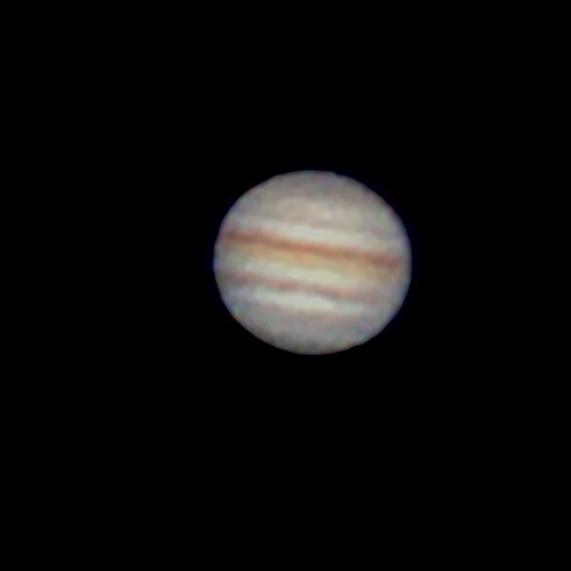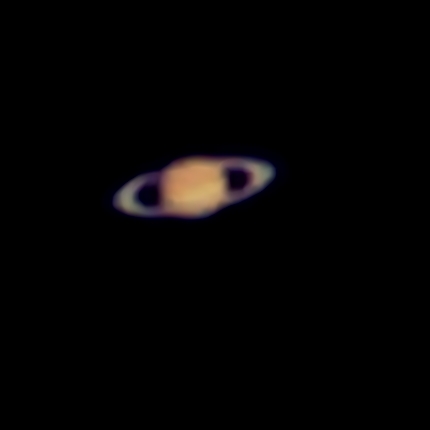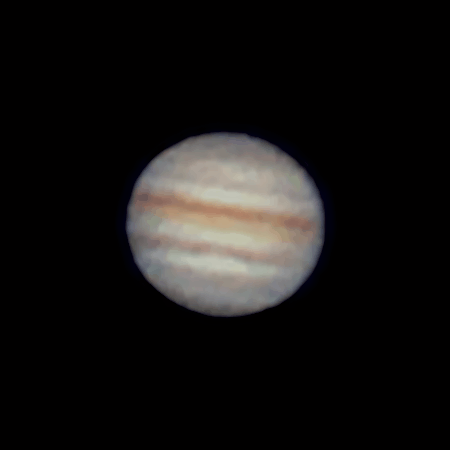mxbianco, nice contrast between the rocky surface and the moon, and impressive moon details further up the thread.
Nasos and Akira, well done catching Jupiter moons.
I had a go on Jupiter and Saturn for the first time in mid August from a location at about 60.5° latitue with 300mm f/4 PF + Stacked TC14E+TC20EIII on Nikon 1 AW1. They were only at 12 and 10° elevation above horizon, so I did not have much expectations as to the quality. (Here in Fairbanks it is even worse so I will have to wait to next fall for that.) However the mountain air was quite clear, so it was not a complete disaster.
The Red Spot hidden behind left edge and then The Red Spot clearly visible.
#1 & 2


First time able to image the rings of Saturn, but too little resolution to distinguish between inner and outer rings.
#3

Animated gif of Jupiter showing red spot moving from behind the left edge.
#4

Jupiter rotates fast, there is only about 20 minutes between the two frames with the red spot visible.
Exposure times were typically 1/60s for Jupiter and 1/8 to 1/15 sec for Saturn, non-tracked. The processing was similar to what I described on page 12, reply ##558 in this thread.